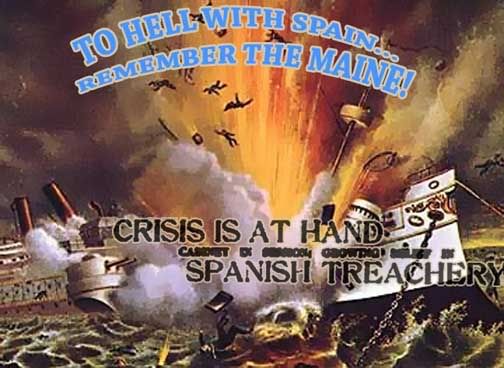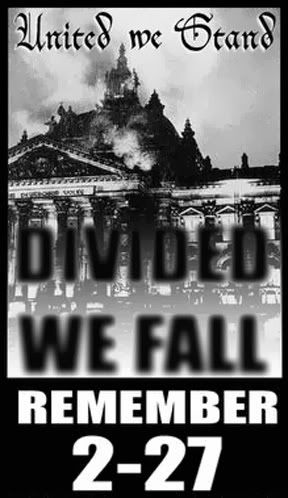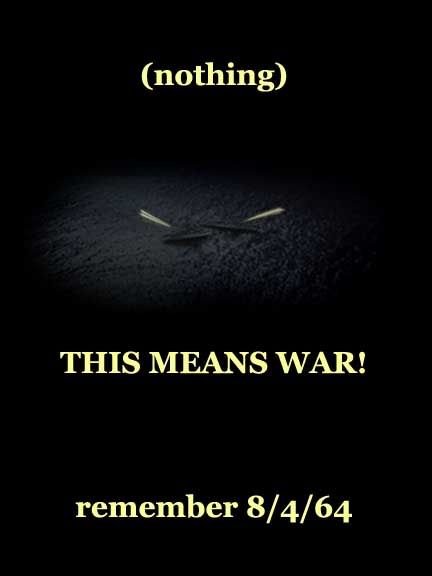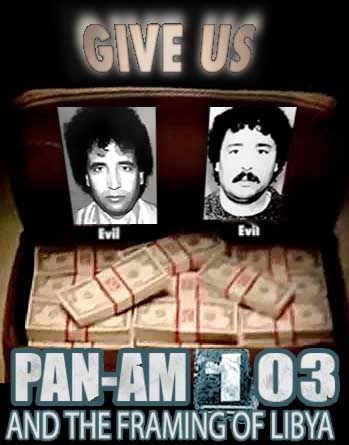The 12/7-9/11 Treadmill and Beyond
March 10 2009
updated 3/26
It was not unusual at all when, on April 2 1940, the Pacific Fleet migrated en masse from its moorings in San Pedro, California, and steamed towards Hawaii. This was for a yearly ritual of their training process: a series of complex war games called a “Fleet Problem,” designed to experiment and find deficiencies to work out by next year. This usually took a month all told, followed by an easy return to the coast. The schedule for Fleet Problem XXI was to exercise in and around Pearl Harbor until May 9, and arrive back home by the 17th.
The Fleet’s movements and security in Hawaii, as in California, were overseen by Commander in Chief of the US Fleet (CINCUS) Adm. James O. Richardson (the Pacific Fleet to be headed by his successor, Kimmel, was not yet formed). As the exercises wrapped up and the time to depart neared, Adm Richardson was given a heads up that there would be a slight hitch. Though correspondence with his superior, Chief of Naval Operation Harold Stark, this was found to be, most likely, a delay of two weeks or less before they headed east.
As the original set-off date neared, Stark cabled Richardson on May 7 and asked him to announce, as he did, “I have requested permission to remain in Hawaiian waters to accomplish some things I wanted to do while here.” Of course he requested no such thing, and later wrote that repeating this “made a perfect “nitwit” out of me.”
At first, the stay was to be temporary but “for some time,” as Stark informed “Jo” on May 15. Through these back-and-forth letters, but without clear explanation, the stay gradually crystallized into “until further notice.” Hawaii was home, and the mission remained one of training, and serving some undefined political impulse Richardson – and apparently Stark - grappled with understanding. “The Italian situation is extremely delicate,” the CNO alerted the CINCUS at one point. “the two weeks ahead regarded as critical, then --- ????? nobody can answer the riddle just now.” Stark answered some questions and raised others with another letter on May 27 that Richardson called “one of the most direct replies to any of my letters to him, although it was far from being as definitive as I would have liked:"
“Why are you in the Hawaiian area? Answer: You are there because of the deterrent effect which it is thought your presence may have on the Japs going into the East Indies. In previous letters I have hooked this up with the Italians going into the war. The connection is that with Italy in, it is thought the Japs might feel just that much freer to take independent action.”
Immediately on learning of the planned delay, on May 1, Richardson requested an audience with the President to discuss the issue. He repeated his request until granted and traveled back to Washington in July. He met with Roosevelt on the afternoon of the 8th, and advised they were ill-positioned for war and under-manned, and Roosevelt in turn assured him the Fleet would not be sent to the Far East. In the days afterward, the CINCUS also met with a variety of colleagues and discussed the inadequacies of the forces given the world situation, the wrong-headed and “silly” war plans, etc. On the Fleet’s fate, he decided:
“[T]he top flight of officials in Washington believed that Japanese aggression could be restrained by a strong attitude on the part of the United States; that the retention of the Fleet in Hawaii was a reflection of this strong attitude […] I was told that the fleet would remain in Hawaii indefinitely – as long as required to support our diplomatic activity.”However he felt about the decision, Hawaii was home and Richardson and his staff were faced with the challenge of securing the fleet and the base for an extended period of time. By placing so much so far forward for so long, the need for extraordinary measure of security had been heightened and would need to be met.













No comments:
Post a Comment